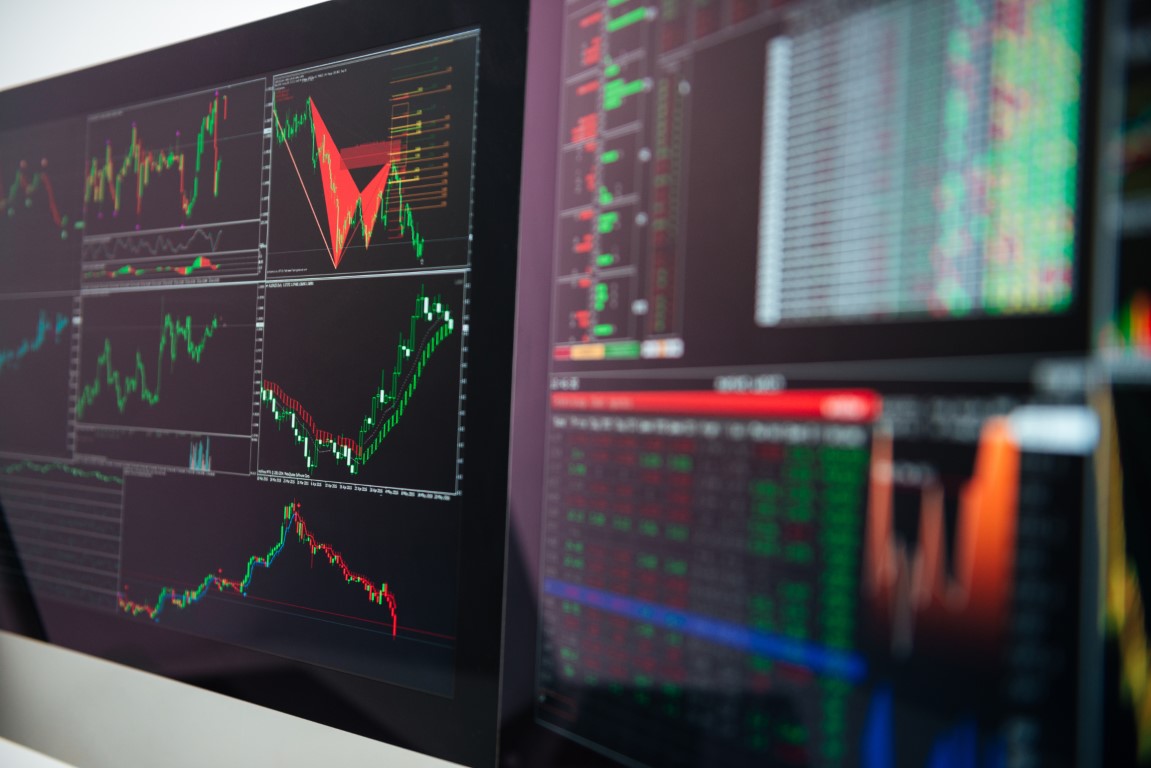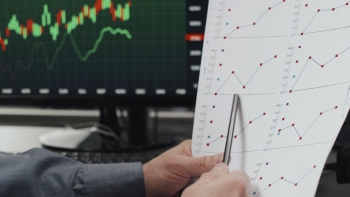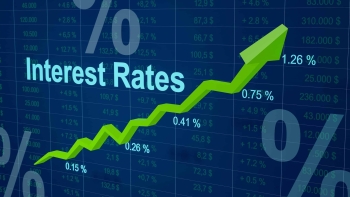Beyond Japanese Candlesticks: Is Technical Analysis Alone Enough for Success in Forex?
The forex market is one of the most dynamic and complex financial markets, where traders exchange trillions of dollars daily. In this fast-moving environment, many rely on technical analysis as a tool to understand the market and predict future price movements. But is technical analysis alone sufficient for successful trading?
While some traders believe that technical analysis is a "magic wand" for consistent profits, others argue that market movements are influenced by economic data, political news, and traders' psychological behaviors. In this article, we will take a deep dive into technical analysis and explore whether it is enough to ensure long-term success in forex trading.
What Is Technical Analysis?
Technical analysis is the study of price movements on charts using historical data to predict future trends. It is based on the assumption that markets move in repetitive patterns and that prices react to specific support and resistance levels.
Key Tools of Technical Analysis
Japanese Candlesticks
- Used to display information such as opening price, closing price, high, and low over a given period.
- Patterns like "hammer" and "bullish engulfing" reflect market sentiment between buyers and sellers.
Technical Indicators
- Moving Averages: Help identify trends.
- Relative Strength Index (RSI): Measures price momentum and indicates overbought or oversold conditions.
- MACD (Moving Average Convergence Divergence): Helps spot entry and exit points.
Chart Patterns
- Includes popular patterns such as head and shoulders, triangles, and price channels, which provide signals for trend reversals or continuations.
Support and Resistance Levels
- Price zones where the price tends to reverse or break through, creating trading opportunities.
Is Technical Analysis Alone Enough?
1. The Impact of Economic News on the Market
Technical analysis ignores the significant influence of economic news and monetary policies, which are critical in forex trading. For example:
- When strong U.S. employment data is released, the U.S. dollar may rise sharply, regardless of any prior technical signal.
- Interest rate decisions by central banks, such as the Federal Reserve or the European Central Bank, can trigger massive market fluctuations, invalidating technical signals.
Real Example:
In 2015, the Swiss National Bank removed the minimum exchange rate for the Euro against the Swiss Franc, causing the Franc to surge by 30% within minutes. No technical indicator had predicted this sudden movement.
2. The Weakness of Technical Analysis in Volatile Markets
In high-volatility conditions, price movements can be unpredictable, making technical indicators unreliable. Markets often react to rumors or geopolitical events, causing price fluctuations that do not align with traditional technical patterns.
Real Example:
During the COVID-19 pandemic in 2020, global markets saw unprecedented crashes, with the S&P 500 losing over 30% of its value in weeks. No technical strategy could have accurately forecasted such a crisis.
3. Technical Analysis Does Not Account for Trader Psychology
Trader psychology plays a crucial role in market behavior. While technical analysis may provide valid signals, emotional factors can drive traders to make irrational decisions.
Fear and Greed:
- Fear can cause traders to sell, even when technical indicators suggest a bullish trend.
- Greed can push traders to keep buying, ignoring reversal signals.
Institutional Manipulation:
- Large financial institutions sometimes manipulate the market through stop-loss hunting, leading to unexpected price movements.
The Best Approach: A Combination of Analyses
1. Technical Analysis + Fundamental Analysis
Fundamental analysis involves monitoring:
- Interest rates and monetary policies.
- Inflation and unemployment rates.
- Economic data such as GDP growth.
- Geopolitical events affecting currencies.
Real Example:
If technical analysis suggests an uptrend for EUR/USD, but at the same time, the European Central Bank decides to cut interest rates, the Euro might decline sharply, despite bullish technical signals.
2. Technical Analysis + Psychological Discipline
- Controlling emotions: Avoid letting fear or greed dictate your decisions.
- Risk management: Never risk more than 2-3% of your capital on a single trade.
- Sticking to a strategy: Do not change your trading plan due to market noise.
Real Example:
In 2008, many investors lost millions during the financial crisis because they failed to apply proper risk management, even though technical indicators had warned of a market downturn.
Conclusion: Is Technical Analysis Enough?
The clear answer is no, technical analysis alone is not enough for long-term success in forex trading.
- While technical analysis is useful, it becomes far more powerful when combined with fundamental analysis and psychological discipline.
- Successful traders do not rely solely on candlesticks and indicators but also consider economic events and market psychology.
- Forex is not just a numbers game; it is a market driven by policies, emotions, and unexpected events.
To become a successful trader, do not rely only on charts—instead, adopt a comprehensive strategy that incorporates technical, fundamental, and psychological analysis.


 English
English















